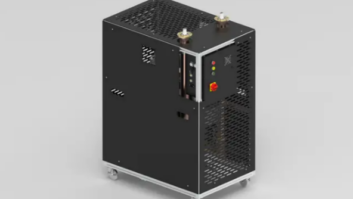While the majority of the FCC’s proceeding on RF emission guideline updates concern portable and mobile devices, like cellphones, some portions of the proceeding apply to radio. Certain elements of the RF proceeding changes kick-in Aug. 5. The commission is taking public comments on the other portions now.
Clarification of existing rules, specifically for RF safety training, becomes effective Aug. 5. Engineers discuss how the training changes affect tower workers in this LinkedIn discussion.
The commission is also updating warning sign requirements for the public and station personnel.
For station personnel, the FCC said in the proceeding that originally, its occupational/controlled exposure limits applied “in situations in which persons are exposed as a consequence of their employment provided those persons are fully aware of the potential for exposure and can exercise control over their exposure.” The agency sought to clarify that “fully aware” means an exposed person has received written and verbal information concerning the potential for RF exposure and has received training regarding appropriate work practices relating to controlling or mitigating his or her exposure.
Broadcast Signal Lab told the commission that different situations warrant different procedures and suggested requiring written “and/or” verbal information. For example, some situations may require only signage, while others may require personal instruction.
NAB wanted to know exactly what written and verbal information must be provided to nontechnical employees, who might need to walk through studios and areas where a transmitter is located.
RF specialists and engineering consultancy Hammett & Edison suggested that RF warning/alerting signage is probably the most effective means to provide RF safety information.
Decisions regarding station personnel are in this FCC notice, beginning with paragraph 75.
The commission wants to further update RF exposure warning sign requirements and clarify the concept of transient exposure. The agency has proposed a 30-minute time limit for the general public to be “transiently” exposed to RF emissions when a transmitter site is near a public place, such as a park or parking lot.
The commission also seeks input on how to prevent the public from injury from contact currents, which can be a safety issue near AM facilities.
Comments are due to dockets ET 13-84 and 03-137 by Sept. 3 and replies due Nov. 1.
Federal Register publication triggered the comment dates.












